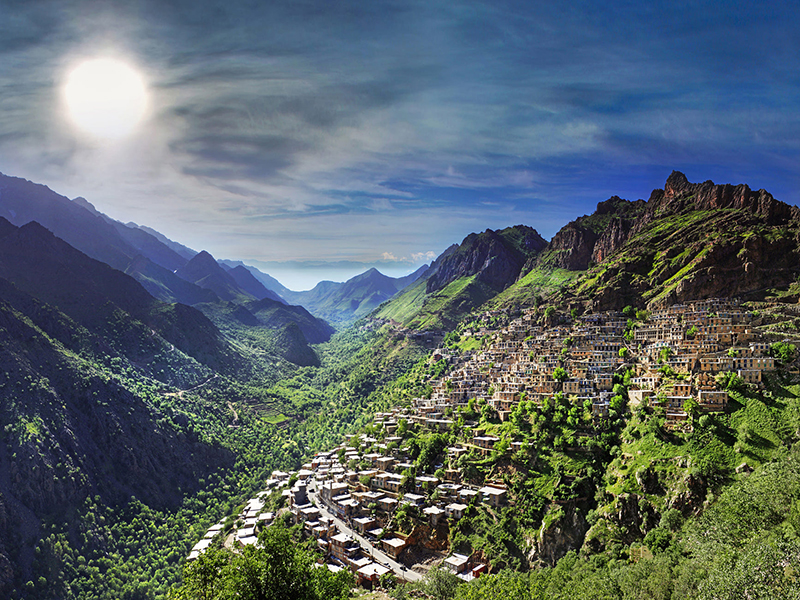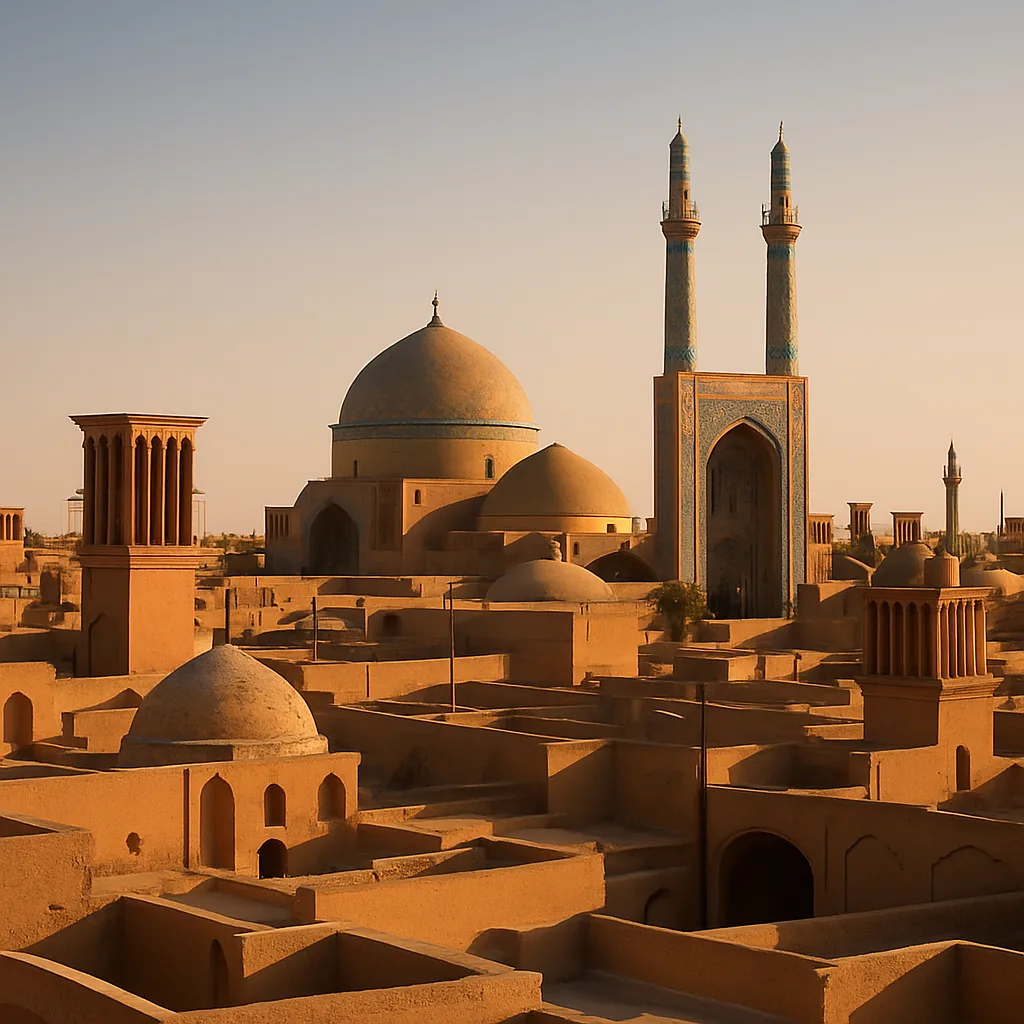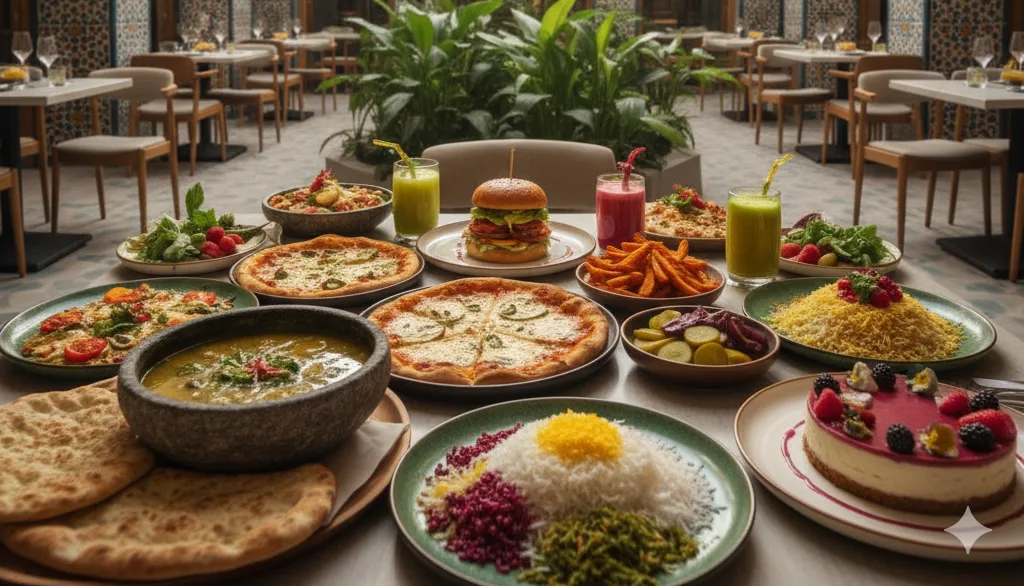Kurdistan souvenirs
The souvenirs of Kurdistan province, like other provinces of the country, include all kinds of sweets and local agricultural products and numerous handicrafts.
Kurdistan Province is situated in the foothills and scattered plains of the central Zagros mountain range. It shares borders with West Azerbaijan and Zanjan provinces to the north, Hamedan and Zanjan to the east, Kermanshah to the south, and Iraq to the west. The province enjoys a very pleasant climate, particularly in the summer, making it a popular destination for tourists.
Many travelers visiting different regions of Iran are often thinking about buying souvenirs and mementos for their friends and acquaintances. Like other provinces in the country, Kurdistan Province offers a variety of souvenirs and handicrafts that you can purchase during your visit and bring back as gifts. The souvenirs of this province can be divided into two categories: edible products and handicrafts. Therefore, in this article, we will introduce the most famous souvenirs of Kurdistan Province.

Most Famous Souvenirs of Kurdistan
Handicrafts:
- Handwoven Carpets (Ghali Dastbafi)
- Sanandaj Kilims
- Fine Woodwork
- Klash (Traditional Kurdish Shoes)
Traditional Sweets:
- Sesame Sweets (Shirini Kenjedi)
- Roasted Almonds (Badam Sukhteh)
- Brassware (Bersaq)
- Saghz Gum (Saqez Gum)
- Sweets from Saqqez (Adams Saqqez)
Handicrafts
Handicrafts in each region are a part of the cultural heritage and a symbol of the customs and lifestyle of the local people. Tourists always pay special attention to handicrafts and often visit craft exhibitions, both for exploration and souvenir shopping.
Kurdistan Province has long been a hub for the production of various handicrafts, some of which have gained international fame. For this reason, one of the choices for Kurdistan’s visitors when it comes to souvenirs is the purchase of these unique handicrafts.
1.Handwoven Carpets:
Handwoven carpets are the epitome of souvenirs from Kurdistan Province. Carpet weaving is highly prevalent in Kurdistan, and the hardworking people of this region, with their taste and craftsmanship, have kept this valuable art alive. The result of their efforts is handwoven carpets that adorn homes with their beauty.
Carpets from Afschar, Sanandaj, Bijar, and Bukan are globally renowned and considered among Iran’s most precious carpets. While carpet weaving in Kurdistan may not be as vibrant as in the past, it still holds popularity. Most of the woven patterns in Kurdistan are broken designs, rarely incorporating other patterns. Among the woven patterns in Kurdistan, designs such as Mahi Darham (Herati), small fishbone patterns, Gol Va Kilim (flower and kilim), Gol Mirzaali, Gol Mina, and Shakh Gozal Va Minakhani are noteworthy.
2.Sanandaj Kilims, Famous Kurdish Kilims:
Sanandaj Kilim is one of the famous handicrafts of Kurdistan. Although this art has diminished over time, Sanandaj Kilim still maintains its position among Iran’s handicrafts.
The weaving technique used in Sanandaj Kilim is the flatweave method. In this method, kilims are woven on both sides, allowing the use of either side, both displaying clear and intricate patterns. This technique showcases the skill and artistry of women and men who, in the distant past, not only met their own needs through this craft but also considered it a local source of income.
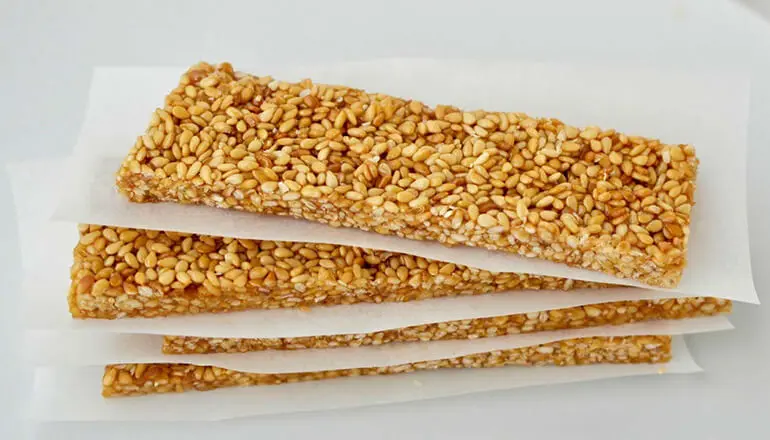
3.Fine Woodwork:
Fine woodwork and the production of wooden products have a long history in Sanandaj. Wooden products made in this city have always had their special enthusiasts. Today, Shohada Street in Sanandaj has become a major center for showcasing handicrafts, especially fine woodwork.
Kurdistan is the country’s most important province in terms of producing fine woodwork products. The art of fine woodwork involves the intricate assembly of very small pieces of various natural woods, creating exquisite wooden artifacts.
Some of the most notable products created through fine woodwork include backgammon boards, pen holders, chessboards, cigarette boxes, dessert trays, women’s handbags, makeup boxes, trays, and plates.
4.Klash or Givah:
Embroidery known as “Givah Duzi,” also called “Klash Bafi” in Kurdistan, has a significant presence in local and national markets, perfectly complementing Kurdish traditional clothing.
“Givah” or “Klash” embroidery has a history spanning thousands of years among the residents of Zagros. Undoubtedly, it is one of the earliest traditional footwear of humanity. Innovatively using abundant and cost-effective natural materials available in the past, and with their rich creativity, people produced this handmade masterpiece.
Some advantages of this handicraft include its natural and stylish materials, resistance to ordinary shoes, the use of cellulose fibers, high moisture absorption, and the availability of materials for its production in the region.
The upper part of this footwear is woven with cotton thread, and its sole is made of compacted fabric. For these reasons, Klash is a lightweight, soft, flexible, and mountain-adapted shoe.
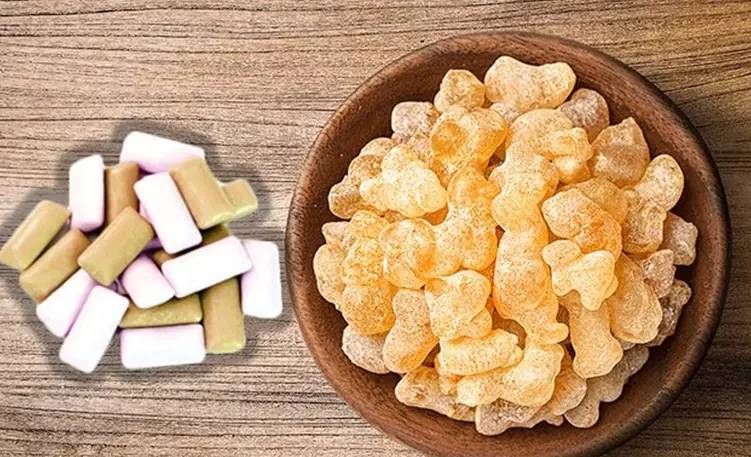
Traditional Sweets
Every city and region has its own unique traditional sweets, and Kurdistan Province is no exception. In Kurdistan, you can find various sweets such as Sesame Sweets, Roasted Almonds, and Saqqez Gum. Additionally, other food items besides sweets are also offered for sale in Kurdistan and can be purchased as souvenirs. These include Kak Bread, Rice Bread, natural honey, natural oil, Basloq (a traditional Kurdish dish), dried fruits, and Mooyiz (a traditional Kurdish snack).
In Bijar, there is a type of sweet called Kamaj, and Suhani Halva is a local sweet in the city of Bijar. In Saqqez, various types of boiled chickpeas are offered as souvenirs. In the city of Baneh, a type of black Mooyiz with a highly nutritious syrup is available in fruit juice shops.
The main shopping centers for sweets and souvenirs in the province are mostly located on Ferdowsi Street, across from Behman Cinema in Sanandaj.
1.Sesame Sweets:
One of the most important sweets unique to Sanandaj is Sesame Sweets. This sweet comes in two types: “Shakari” and “Gazangbin,” available in local markets.
Gazangbin Sesame Sweet: This special sweet from Sanandaj and Kurdistan Province is made using a substance called “Angbin,” which is a honey-like substance obtained from an insect found on trees in the mountains and plains of Kurdistan. To make Gazangbin Sesame Sweet, they add Angbin honey to sesame, spread it on a surface, and then cut it into pieces. The appearance of this sweet consists of compressed sesame pieces, making it both nutritious and delicious.
Shakari Sesame Sweet: Similar to Gazangbin Sesame Sweet, this type of sesame sweet uses sugar syrup instead of Angbin honey. The process involves adding sugar syrup to sesame to create a delicious mixture. The mixture of sesame and caramelized sugar is poured onto a copper tray and separated with a spoon.
2.Roasted Almonds:
Roasted Almonds are a well-known sweet considered a souvenir from Kurdistan. The preparation involves mixing almonds and sugar, then adding four tablespoons of water to the mixture. The dish is placed on heat until the sugar turns golden. Afterward, almonds are separated from the caramelized sugar using a sieve. This sweet can also be made using honey instead of sugar.
3.Basloq:
Basloq is a local pastry in Kurdistan, especially in the city of Bijar. This regional pastry is made from a mixture of flour, sugar, eggs, and other desired ingredients. The dough is prepared, and then it is filled with walnuts, sugar, and cinnamon. Finally, the Basloq is fried in oil.
4.Saqqez Gum:
Saqqez Gum, also known as “Saghz,” is a type of gum obtained from the Baneh or Pistacia wild pistachio tree. The locals are well-acquainted with Saqqez and understand its beneficial properties. Saqqez is a resin or thick syrup from the Baneh or wild pistachio tree. Typically, this gum is naturally exuded from the tree trunk, and it is also obtained by creating incisions on the tree bark. In the local dialect, it is called “Saghz.” This gum is often chewed for its various health benefits.
Saqqez Gum:
Saqqez gum, when exuded from the tree trunk, has a bright green, thick, and sticky appearance. It is utilized as a mild laxative in the treatment of constipation. Due to its stomach-strengthening properties and its aid in digestion, Saqqez gum, also known as “Saghz,” has been historically used by renowned scholars such as Avicenna for treating certain gastrointestinal conditions.
When Saqqez gum is exuded, it has a light green color and a thick and viscous texture. It serves as a mild laxative and emollient in the treatment of constipation. Because it strengthens the stomach and aids in digestion, it is considered a good appetizer. Famous figures like Avicenna used Saqqez gum in the treatment of some digestive diseases.
Saqqez gum, to some extent, acts as an antibiotic against the main bacteria causing stomach and duodenal ulcers. Many locals consume raw Saqqez gum on an empty stomach, believing it helps in the expulsion of kidney stones.
Saqqez gum has various benefits and properties. When purchasing natural Saqqez gum, choose types that are approved by the Ministry of Health, have an expiration date, or obtain purified Saqqez gum from authorized herbalists. Avoid buying types that lack proper labels and are typically sold by itinerant vendors.

